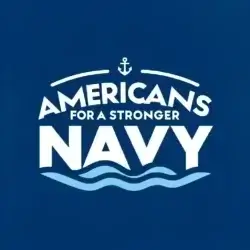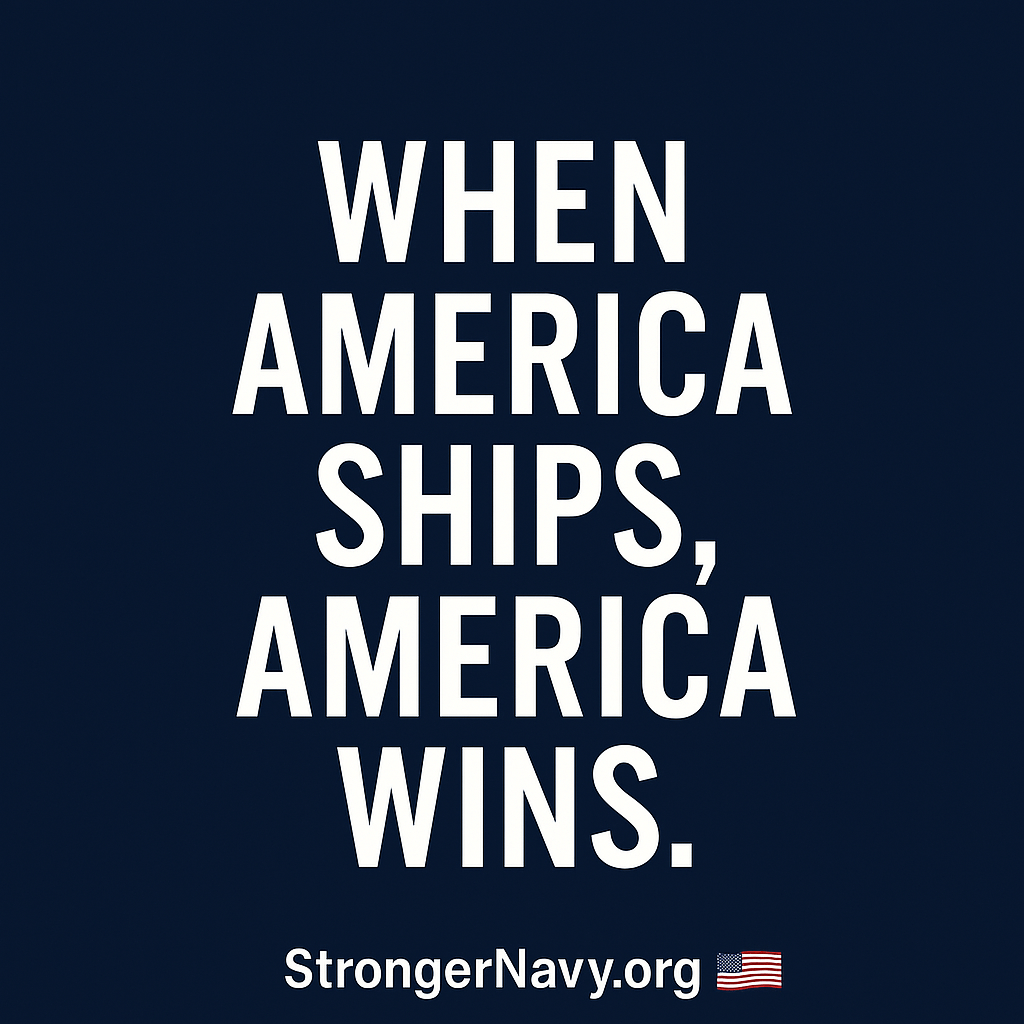
By Bill Cullifer
Founder, Americans for a Stronger Navy
Former U.S. Navy Destroyer Sailor (1970s)
There’s been a lively debate online between economic giants Larry Summers and David Sacks about tariffs, trade policy, and the consequences of decades of globalization. But while they spar over markets and presidential strategies, a bigger question goes largely unspoken:
Who picks up the pieces when economic policy becomes a national vulnerability?
As someone who served in the U.S. Navy in the 1970s and now leads Americans for a Stronger Navy, I’ve watched closely as the Navy quietly shoulders the consequences of decisions made far from the sea. While economists argue over the stock market’s reaction to tariffs, the Navy secures global trade routes, deters adversaries, and absorbs the burden of an offshored industrial base.
But the Navy isn’t alone. Entire sectors of American life—logistics, agriculture, energy, pharmaceuticals, entertainment, finance, and technology—depend on the smooth flow of global trade. From major ports and retailers to family farms and Fortune 500 companies, virtually every modern American business benefits from the stability the Navy helps provide.
The American economy is global because the U.S. Navy keeps it that way.
Yet in the recent debate, while Summers described trillions lost in market volatility and economic fallout, no one mentioned the ripple effects on military readiness, deterrence, or strategic capability. That absence reflects a dangerous blind spot.
When Wall Street stumbles, the Navy sails.
When diplomacy falters or trade routes are threatened, the Navy deploys.
But today it’s doing so with fewer ships, aging platforms, and underinvested shipyards—while our adversaries build, modernize, and maneuver.
This isn’t just a Navy issue. It’s a business issue. A national issue.
If your industry touches global trade—if you depend on international logistics, rare earth minerals, undersea cables, satellite access, shipping lanes, or simply consumer confidence—then you depend on a ready and capable Navy.
This is a message to American industry: You benefit. You must engage. You must contribute.
We need your voice—and your leadership—in support of:
- Rebuilding our shipbuilding and repair base
- Investing in drones, AI, and technologies that give our fleet an edge
- Modernizing infrastructure and dry docks that sustain readiness
- Funding advocacy and education to spark public awareness
The economic world order your industry thrives in exists because American sea power has kept the global commons safe for decades. That foundation is eroding—and silence is no longer an option.
At Americans for a Stronger Navy, we’re connecting the dots between civic awareness, economic strategy, and maritime strength. We’ve launched a 24-part educational initiative to help Americans understand what’s at stake and how to act.
Explore the series: Charting the Course – For Country. For Unity. For a Stronger Navy.
Whether you’re a CEO, policymaker, investor, teacher, or neighbor—this affects you. Now is the time to link economic resilience with strategic defense. To give the Navy the tools—not just praise—before the next storm arrives.
This is your moment to lead. Not from the sidelines—but from the front.
Use your platform. Leverage your influence. Show the next generation that prosperity is earned—and defended.
Because a secure economy doesn’t start with policy.
It starts with power. And power starts at sea.
Learn more at StrongerNavy.org and join the movement to educate, equip, and engage.
A stronger Navy requires a stronger America behind it. Let’s get to work.


